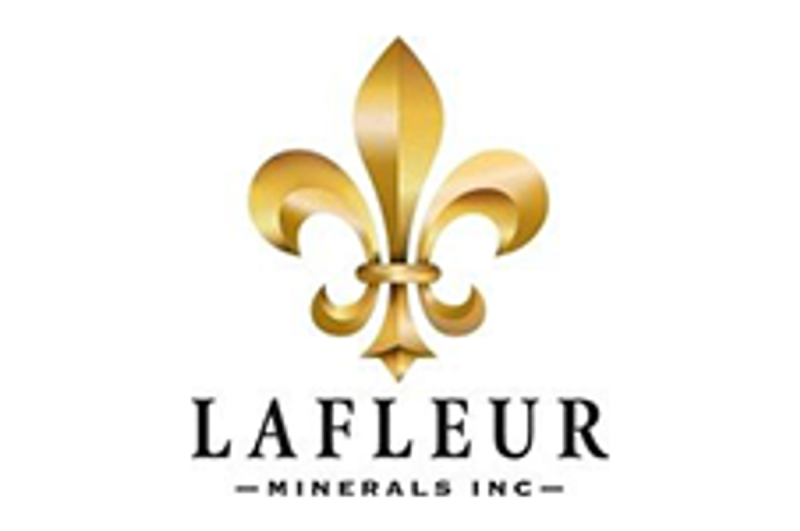

LaFleur Minerals Inc. (CSE: LFLR,OTC:LFLRF) (OTCQB: LFLRF) (FSE: 3WK0) (‘LaFleur Minerals’ or the ‘Company’) is pleased to provide an update on the twinned-hole drilling program launched at its Swanson Gold Deposit (‘Swanson’). The Company announced, in its October 6, 2025 news release, that it had engaged Environmental Resources Management (‘ERM’),1 a globally renowned sustainability and environmental consultant firm, to complete a Preliminary Economic Assessment (‘PEA’) for the purpose of restarting gold production at the Company’s wholly-owned Beacon Gold Mill using mineralized material from Swanson Gold Deposit.
The twinned-hole drilling program at Swanson will consist of 10 holes intended to collect data for:
-
Validating historical drilling completed at Swanson to augment confidence in the geological model and increase confidence in the mineral resource categories;
-
Validating the continuity and scale of the mineralized system and the potential for further expansion at Swanson (refer to press release dated September 24, 2025, for recently announced drill results);
-
Collecting drill core material for ongoing ore-sorting and metallurgical test work, and;
-
Providing necessary information to advance deposit interpretation and to enhance the current Mineral Resource Estimate for the purpose of delivering a technically robust PEA, as the Company works to expand its land package and known resources.
The twinned-hole program has been structured to target sectors as close as possible to historical drill hole locations, which have been chosen based on a preliminary review of the parameters that would likely determine the economic viability of a potential open-pit operation (Figure 1), with the intentions to transport mineralized material from the Swanson site for processing at the Company’s Beacon Gold Mill. With the extensive historical data at the Swanson deposit (in excess of 36,000 metres of historical drilling in 242 drill holes), the Company benefits from a wealth of information to base the study upon as well as high-grade, significant intervals such as historical holes SW-03-07** defining 69.3 metres at 3.03 g/t Au and BAR31-84* defining 51.0 metres at 3.46 g/t Au.
The majority of historical drill data within the pit limits originate from work conducted by Lac Minerals between 1982 and 1987, Phoenix Matachewan Mines in 2003, and from Agnico-Eagle Mines between 2006 and 2011. The twinned-hole drilling intends to confirm the continuity of the high-grade shear zones identified in the current Mineral Resource Estimate as part of the data verification process for the PEA. In addition, the twinned-hole program will infill gaps in the existing resource model that connects previously disconnected zones of mineralization, where historical sampling may have been poor or non-existent, potentially improving the estimate of total gold ounces and a lower strip ratio.
The Swanson Gold Deposit and Beacon Gold Mill benefit greatly from close proximity, and both are geographically positioned in one of the world’s largest and most established gold-producing regions, the Abitibi Greenstone Belt (Figure 2 and Figure 3). Substantiating the high-grade potential and scalability at Swanson, combined with the Company’s own processing infrastructure at Beacon, presents a rare, vertically integrated gold production scenario.
Paul Teniere, CEO of LaFleur Minerals comments, ‘Advancing the Beacon Gold Mill to restart gold production with gold prices at record levels above $4,000 per ounce offers amazing economic potential. We are well underway to completing a comprehensive PEA for the restart of the Beacon Gold Mill and at the suggestion of ERM, we are nearing completion of twinning historical holes that form the basis of the mineral resource at our Swanson Gold Deposit, with the intention to supply mineralized material from Swanson to the Beacon Gold Mill. We aim to have the PEA completed as soon as assay results on the twinned holes are received in the coming weeks.’
Preliminary Economic Assessment Study: Confirmation Drilling
The purpose of the confirmation drilling is to verify historical drill hole data that forms the basis of the current Mineral Resource Estimate, supporting the PEA by confirming the location, grade, and continuity of the gold mineralization at Swanson. This process involves drilling new holes near historical drill holes and analyzing core samples to ensure the historical data is reliable and can be incorporated into the current resource model. Historical data, particularly from old underground drilling, often needs independent confirmation to ensure the data meets the grade, resource size, and metallurgical assumptions.
Historical near surface drill holes, within the pit shell, include SW-03-07** with 69.3 metres at 3.03 g/t Au and BAR31-84* with 51.0 metres at 3.46 g/t Au. Other significant historical near-surface intersections include:
Table 1: Significant Historical Intersections within the Pit Shell at Swanson Gold Deposit
| Hole-ID | From (m) | To (m) | Length (m) | Au (g/t) |
| BAR04-82* | 88.39 | 112.78 | 24.39 | 6.06 |
| BAR29-84* | 78.00 | 156.00 | 78.00 | 2.00 |
| BAR31-84* | 33.00 | 84.00 | 51.00 | 3.46 |
| BAR33-84* | 82.50 | 106.50 | 24.00 | 4.91 |
| BAR37-85* | 46.50 | 153.00 | 106.50 | 1.16 |
| BAR47-85* | 91.50 | 129.00 | 37.50 | 2.75 |
| BAR50-85* | 54.00 | 99.00 | 45.00 | 2.32 |
| BAR52-85* | 55.50 | 78.00 | 22.50 | 4.71 |
| SW-03-07** | 20.20 | 89.50 | 69.30 | 3.03 |
| SW-06-13*** | 42.00 | 99.00 | 57.00 | 1.94 |
| SW-06-18*** | 6.00 | 82.70 | 76.70 | 1.31 |
*Data from drill hole database and report by Lac Minerals (Crepeau, 1985) (GM40707)
*Data from drill hole database and report by Pheonix Matachewan (Bourgoin, 2003) (GM60470)
*Data from drill hole database and report by Agnico-Eagle (Villeneuve, 2006) (GM63152)
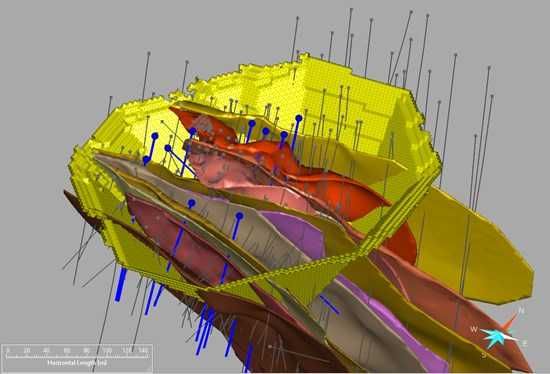
Figure 1: Swanson Gold Deposit and Pit Shell — Twin Holes (in blue)
To view an enhanced version of this graphic, please visit:
https://images.newsfilecorp.com/files/6526/273064_9bbe0502f4b91a3d_002full.jpg

Figure 2: Location of the Swanson Gold Deposit and Beacon Gold Mill in the Val-d’Or Mining Camp
To view an enhanced version of this graphic, please visit:
https://images.newsfilecorp.com/files/6526/273064_9bbe0502f4b91a3d_003full.jpg
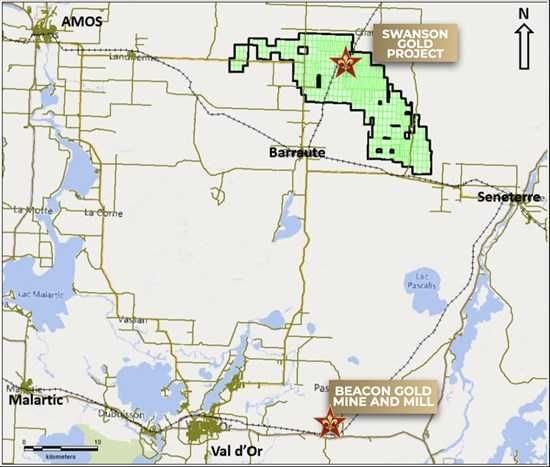
Figure 3: Location of the Swanson Gold Deposit and Beacon Gold Mill
To view an enhanced version of this graphic, please visit:
https://images.newsfilecorp.com/files/6526/273064_9bbe0502f4b91a3d_004full.jpg
Beacon Gold Mill Restart Update
LaFleur is advancing the restart of its fully-permitted Beacon Gold Mill, a recently modernized and upgraded 750-tonne-per-day facility equipped with crushing, grinding, flotation, regrind, leaching, and Merrill-Crowe circuits. The mill, currently under care and maintenance since March 2023, is undergoing a comprehensive mechanical, operational and electrical review ahead of recommissioning using existing mineralized stockpiles.
Recommissioning activities are well underway, focusing on upgrades and repairs to the filter presses, tailings pump box, leach tanks, pumps, motors, air systems, monitoring instruments, along with the installation of a gravity concentrator circuit. Recruitment for key operational roles-including a Mill Manager, Maintenance Superintendent, Electricians, Millwrights, and Plant Operators (mill clerk, procurement and warehousing personnel)-is in progress to support an efficient restart.
LaFleur has also estimated approximately 10,000-20,000 tonnes of mineralized stockpiles remaining on site; however, the exact number will be confirmed as the mill restart program advances (Figure 4). These stockpiles will serve as feed for initial trial runs, enabling the Company to fine-tune operations ahead of launching its full production. While the quantity and grade remain conceptual (there has been insufficient work to define a mineral resource), these efforts mark a significant milestone toward near-term gold production and cash flow generation from a strategic, wholly-owned asset in Val-d’Or, Québec, one of the best and most established mining camps in the world. Recently announced regional M&A and consolidation signals that major global producers are aggressively entering the Val-d’Or camp to secure long-life, low-risk gold assets, validating the view that Val-d’Or is one of the most strategic and investable gold regions globally. With LaFleur’s Beacon Gold Mill and Swanson Gold Project located in the same Val-d’Or-Abitibi mining camp and belt as many of these M&A targets, this increases the strategic importance of Beacon Gold Mill as regional infrastructure in a growing production corridor. Valuations set through regional M&A also establishes a district pricing precedent that may re-rate the entire Val-d’Or peer group upward, suggesting that LaFleur’s Beacon-Swanson combination could be substantially undervalued by comparison. In addition, the current gold price environment, hovering near historic highs around US$4,000/oz, significantly enhances the economic appeal of LaFleur’s Beacon Gold Mill restart, offering strong margins, accelerated payback potential, and exceptional leverage to gold in a fully permitted, near-term production setting.
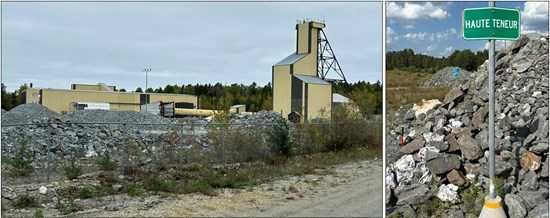
Figure 4: Stockpiled Material at the Beacon Gold Mill
To view an enhanced version of this graphic, please visit:
https://images.newsfilecorp.com/files/6526/273064_9bbe0502f4b91a3d_005full.jpg
Qualified Person Statement
All scientific and technical information in this news release has been prepared and approved by Louis Martin, P.Geo. (OGQ), Exploration Manager and Technical Advisor of the Company and considered a Qualified Person for the purposes of NI 43-101. The Company strictly adheres to CIM Best Practices Guidelines in conducting, documenting, and reporting its exploration and drilling activities on its exploration projects.
About LaFleur Minerals Inc.
LaFleur Minerals Inc. (CSE: LFLR,OTC:LFLRF) (OTCQB: LFLRF) (FSE: 3WK0) is focused on the restart of gold production at its 100% owned Beacon Gold Mill and development of district-scale gold projects in the Abitibi Gold Belt near Val- d’Or, Québec. Our mission is to advance mining projects with a laser focus on our resource-stage Swanson Gold Project and the Beacon Gold Mill, which have significant potential to deliver long-term value. The Swanson Gold Project spans approximately 18,304 hectares (183 km²) in size and comprises several prospects rich in gold and critical metals previously explored by Monarch Mining, Abcourt Mines, and Globex Mining. LaFleur has recently consolidated a large land package along a major structural break that hosts the Swanson, Bartec, and Jolin gold deposits, as well as several other showings, which comprise the Swanson Gold Project. The Swanson Gold Project is easily accessible by road, providing direct access to several nearby gold mills and further enhancing its development potential. LaFleur Minerals’ fully-refurbished and permitted Beacon Gold Mill, which was upgraded at $20M expense in 2022) is capable of processing over 750 tonnes per day and is being considered for processing mineralized material at Swanson and for custom milling operations for other nearby gold projects.
ON BEHALF OF LaFleur Minerals INC.
Paul Ténière, M.Sc., P.Geo.
Chief Executive Officer
E: info@lafleurminerals.com
LaFleur Minerals Inc.
1500-1055 West Georgia Street
Vancouver, BC V6E 4N7
Neither the Canadian Securities Exchange nor its Regulation Services Provider accepts responsibility for the adequacy or accuracy of this news release.
Cautionary Statement Regarding ‘Forward-Looking’ Information
This news release includes certain statements that may be deemed ‘forward-looking statements’. All statements in this new release, other than statements of historical facts, that address events or developments that the Company expects to occur, are forward-looking statements. Forward-looking statements are statements that are not historical facts and are generally, but not always, identified by the words ‘expects’, ‘plans’, ‘anticipates’, ‘believes’, ‘intends’, ‘estimates’, ‘projects’, ‘potential’ and similar expressions, or that events or conditions ‘will’, ‘would’, ‘may’, ‘could’ or ‘should’ occur. Forward-looking statements in this news release include, without limitation, statements related to the use of proceeds from the Offering. Although the Company believes the expectations expressed in such forward-looking statements are based on reasonable assumptions, such statements are not guarantees of future performance, and actual results may differ materially from those in the forward-looking statements. Factors that could cause the actual results to differ materially from those in forward-looking statements include market prices, continued availability of capital and financing, and general economic, market or business conditions. Investors are cautioned that any such statements are not guarantees of future performance and actual results or developments may differ materially from those projected in the forward- looking statements. Forward-looking statements are based on the beliefs, estimates and opinions of the Company’s management on the date the statements are made. Except as required by applicable securities laws, the Company undertakes no obligation to update these forward-looking statements if management’s beliefs, estimates or opinions, or other factors, should change.
1 October 6, 2025, News Release: Link

To view the source version of this press release, please visit https://www.newsfilecorp.com/release/273064
News Provided by Newsfile via QuoteMedia

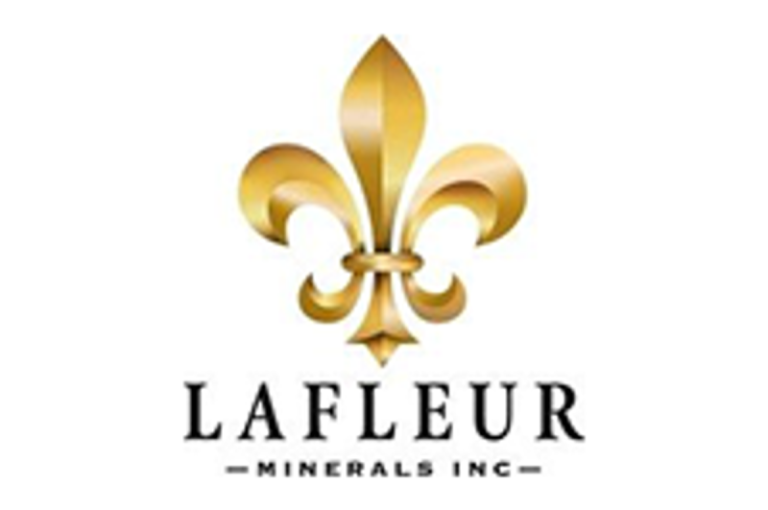







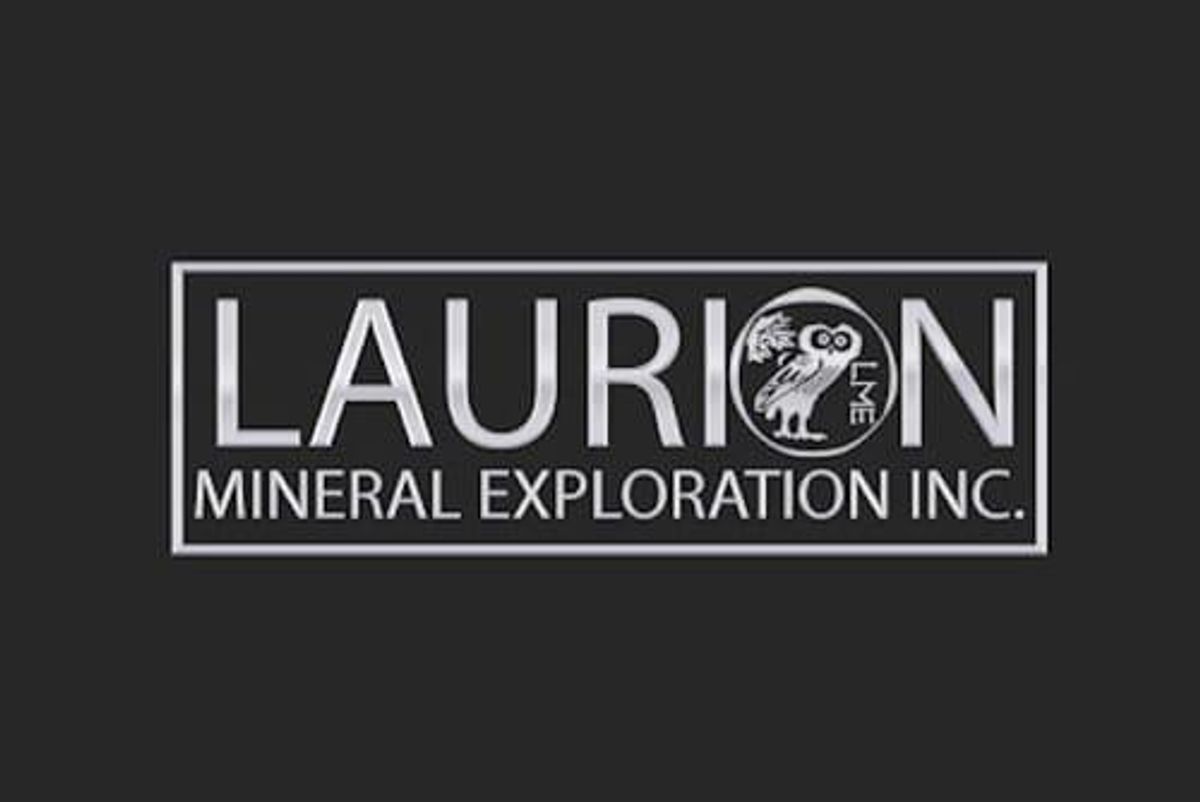






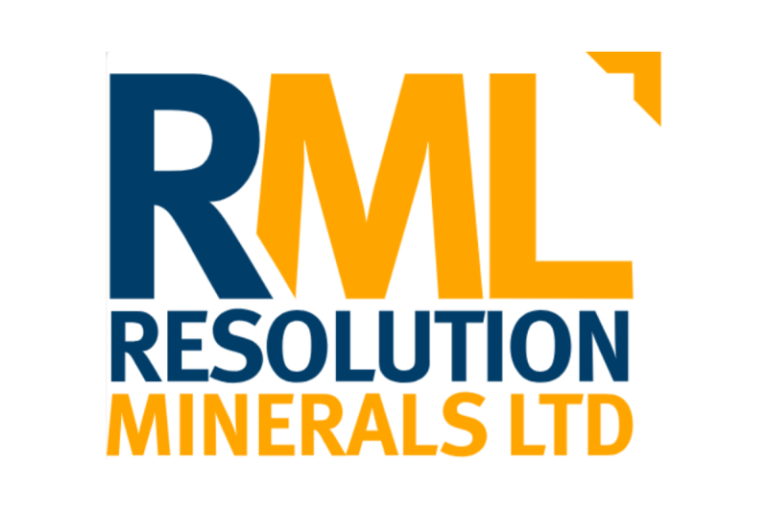
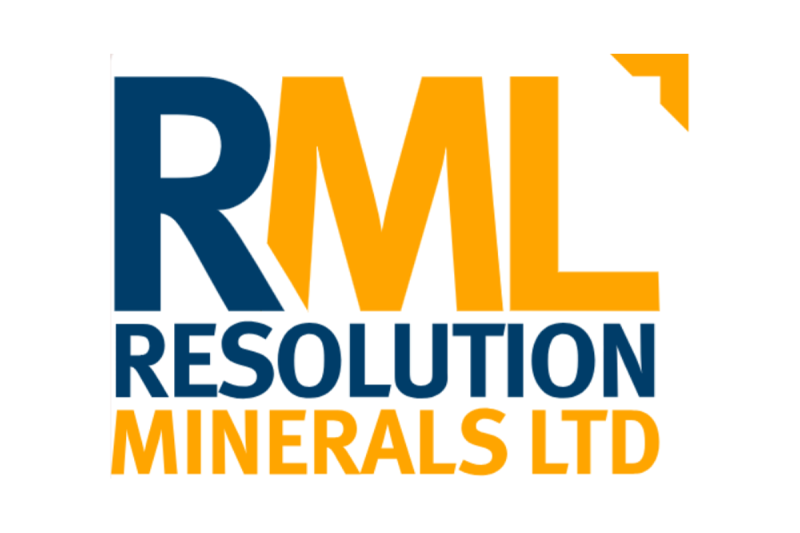

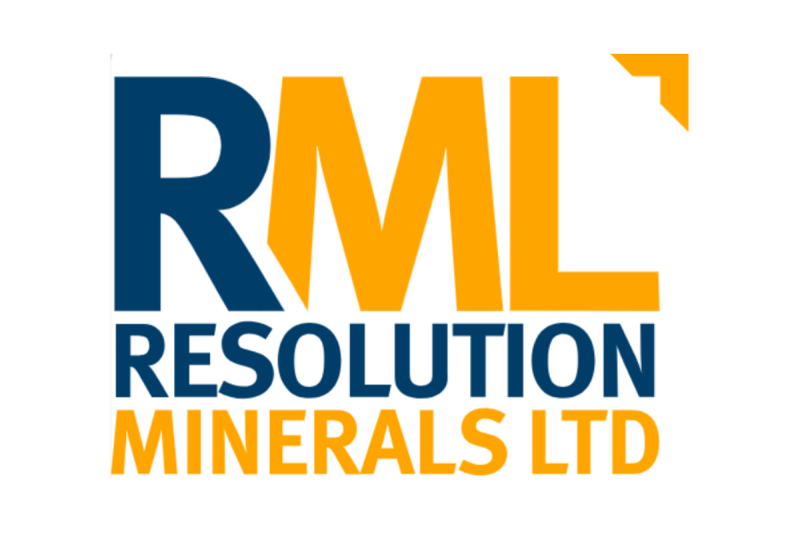


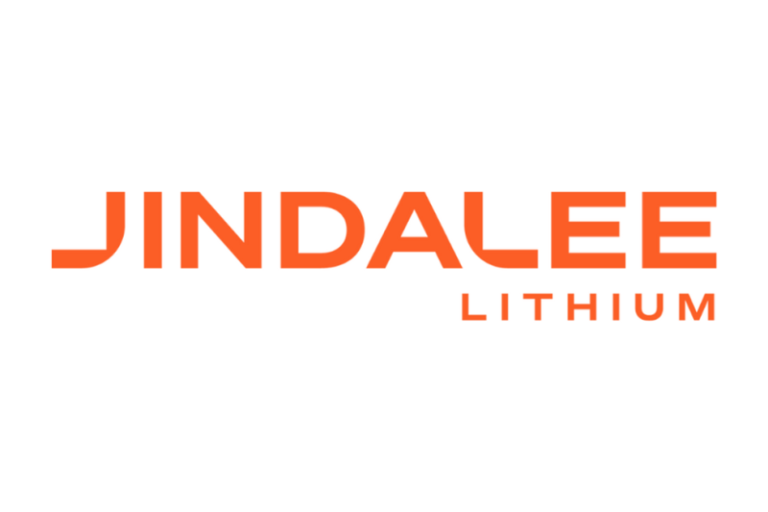
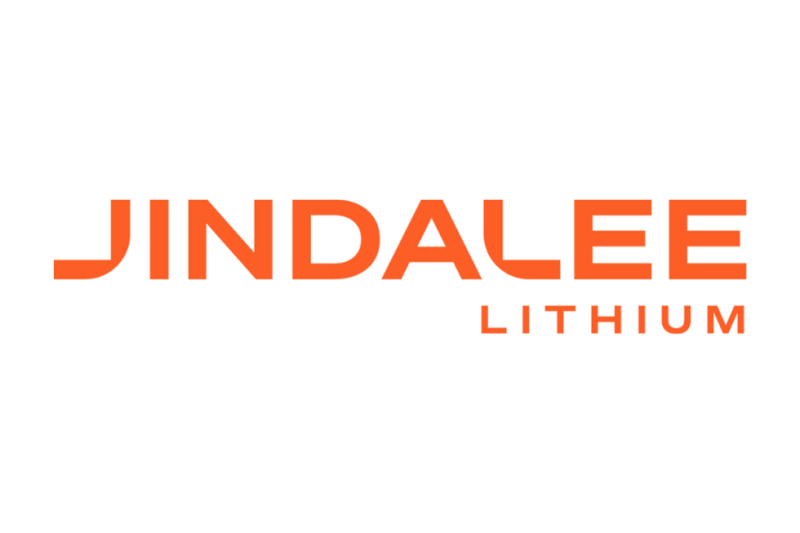
 Jindalee Lithium (JLL:AU) has announced Repurchase of Convertible Securities
Jindalee Lithium (JLL:AU) has announced Repurchase of Convertible Securities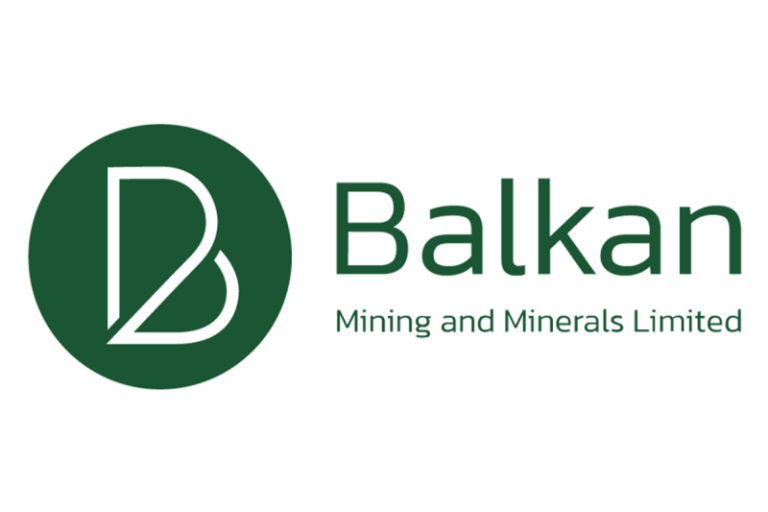
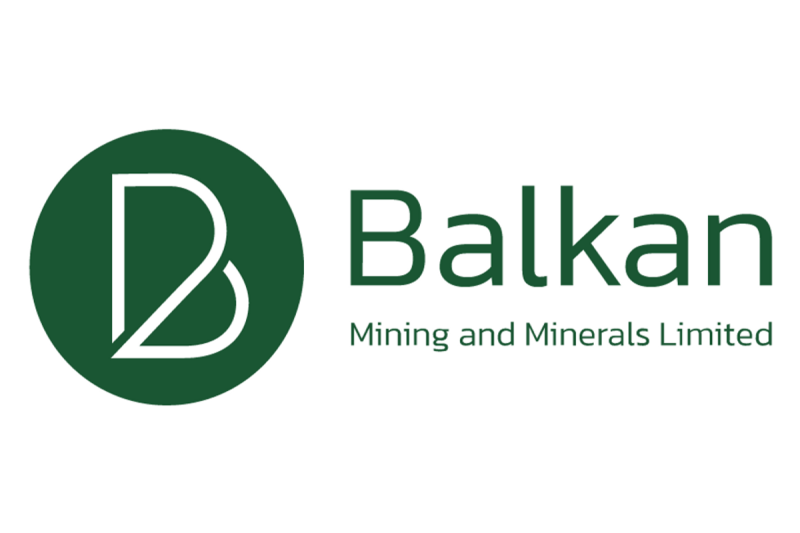
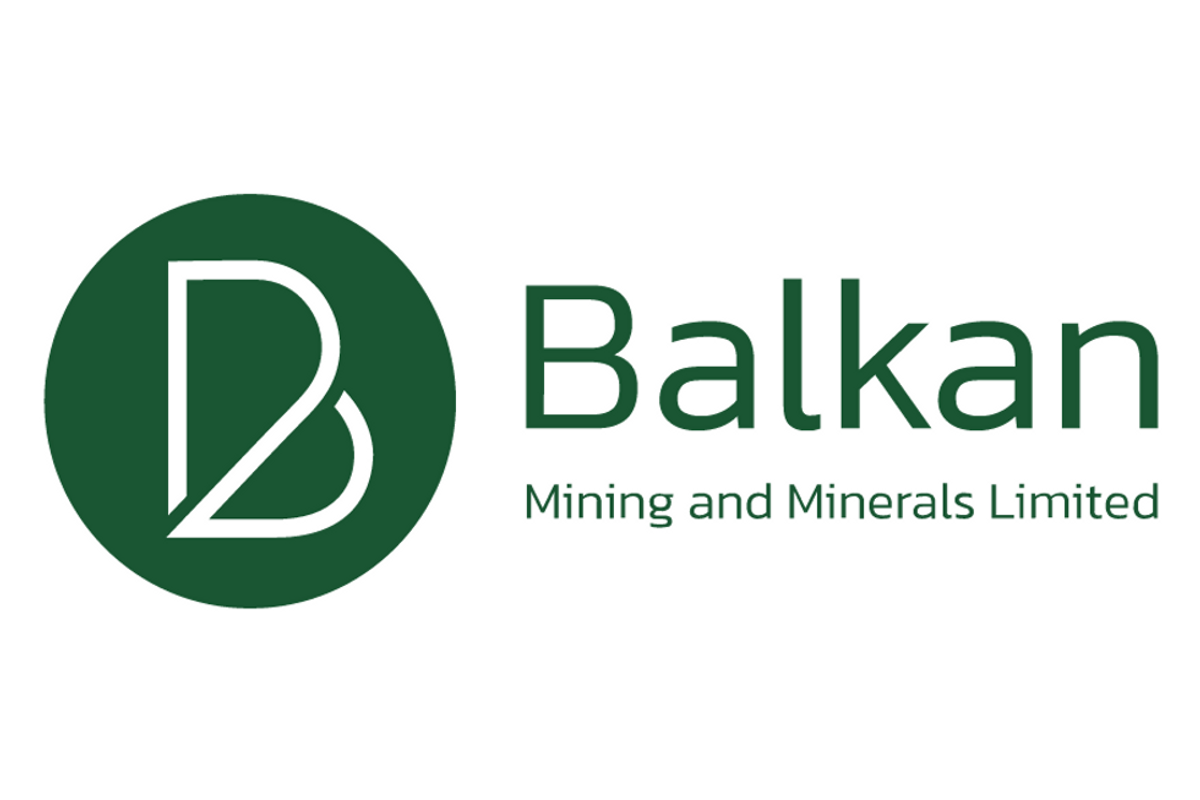 Bayan Mining and Minerals Ltd (ASX: BMM; ‘BMM’ or ‘the Company’) is pleased to announce the results of detailed ground gravity, magnetic and radiometric surveys completed across its 100% owned Desert Star Projects, located in California, USA.
Bayan Mining and Minerals Ltd (ASX: BMM; ‘BMM’ or ‘the Company’) is pleased to announce the results of detailed ground gravity, magnetic and radiometric surveys completed across its 100% owned Desert Star Projects, located in California, USA.